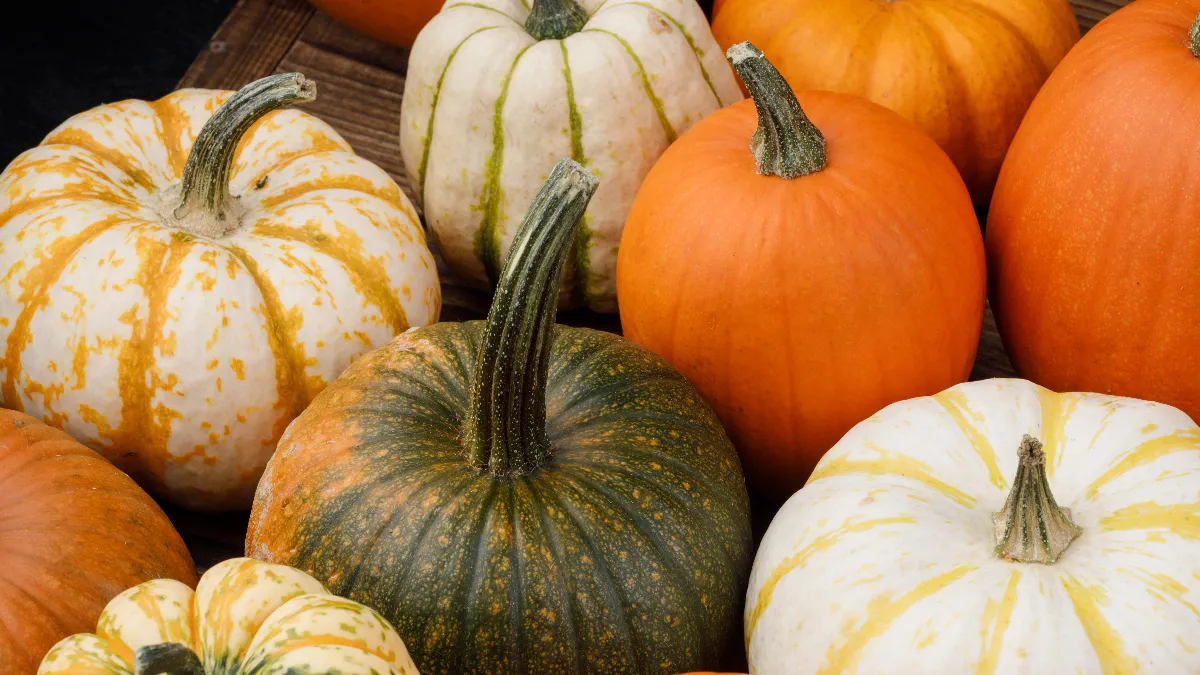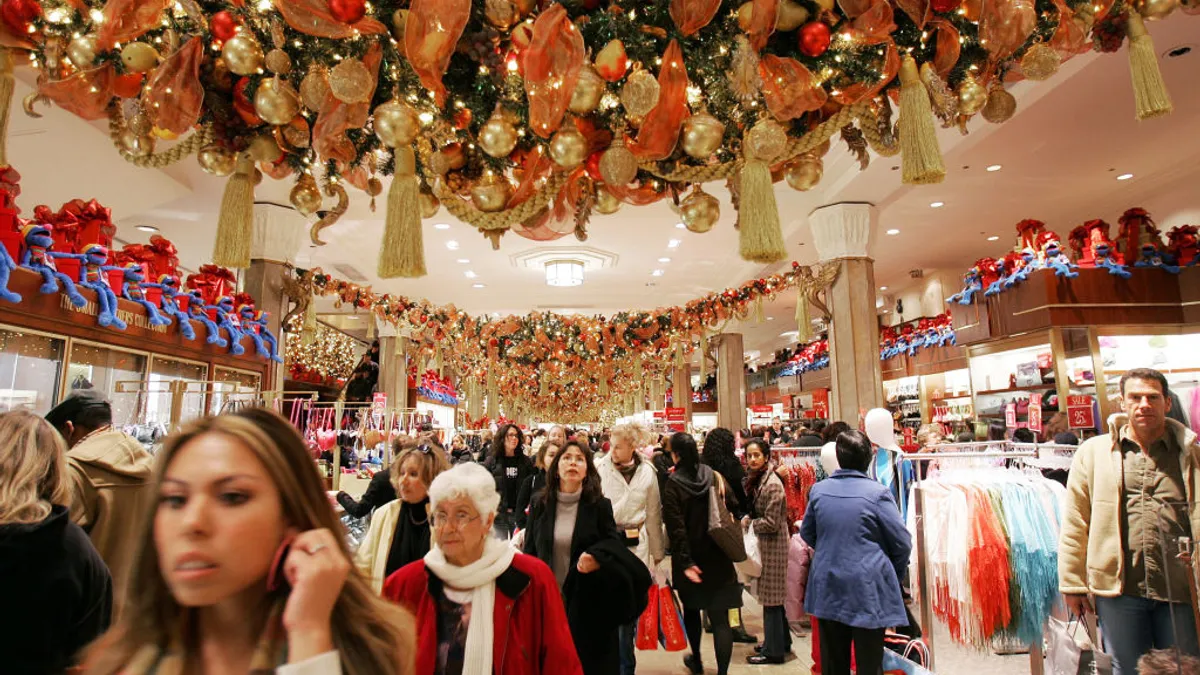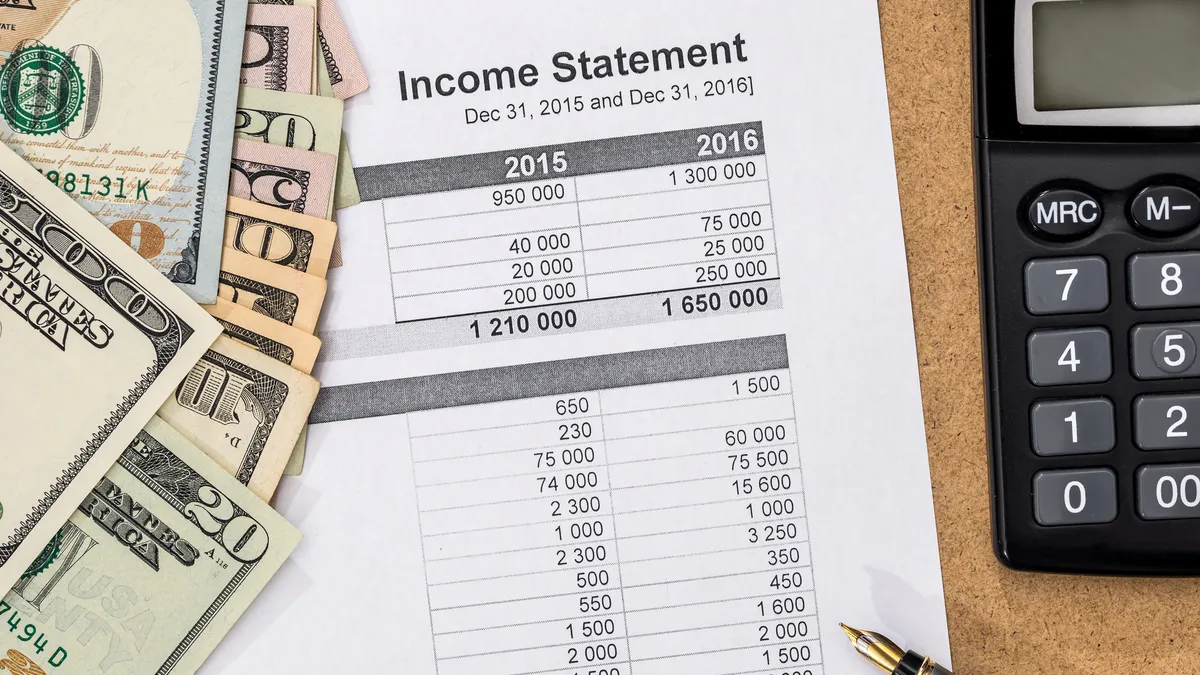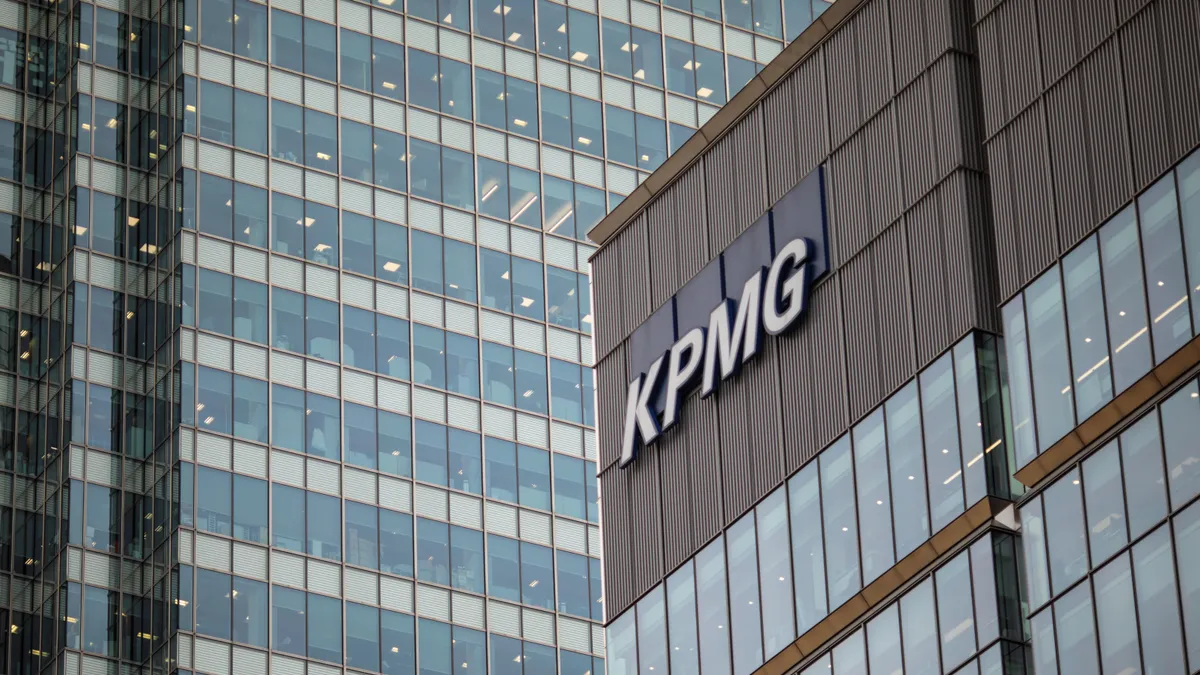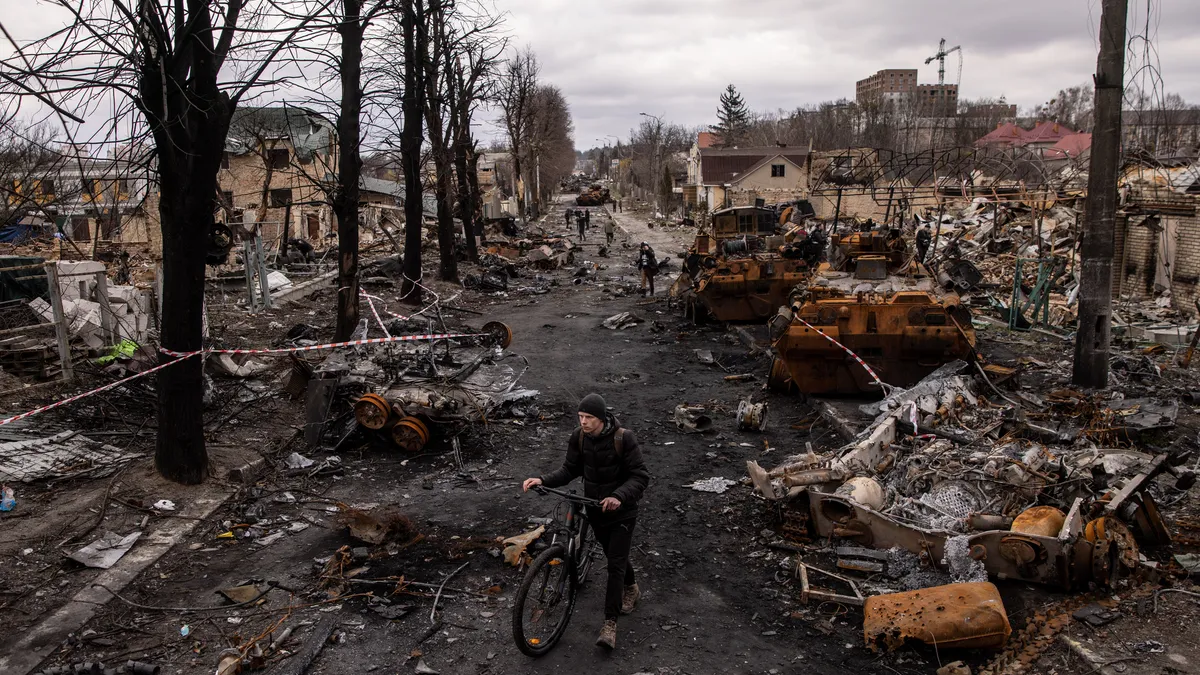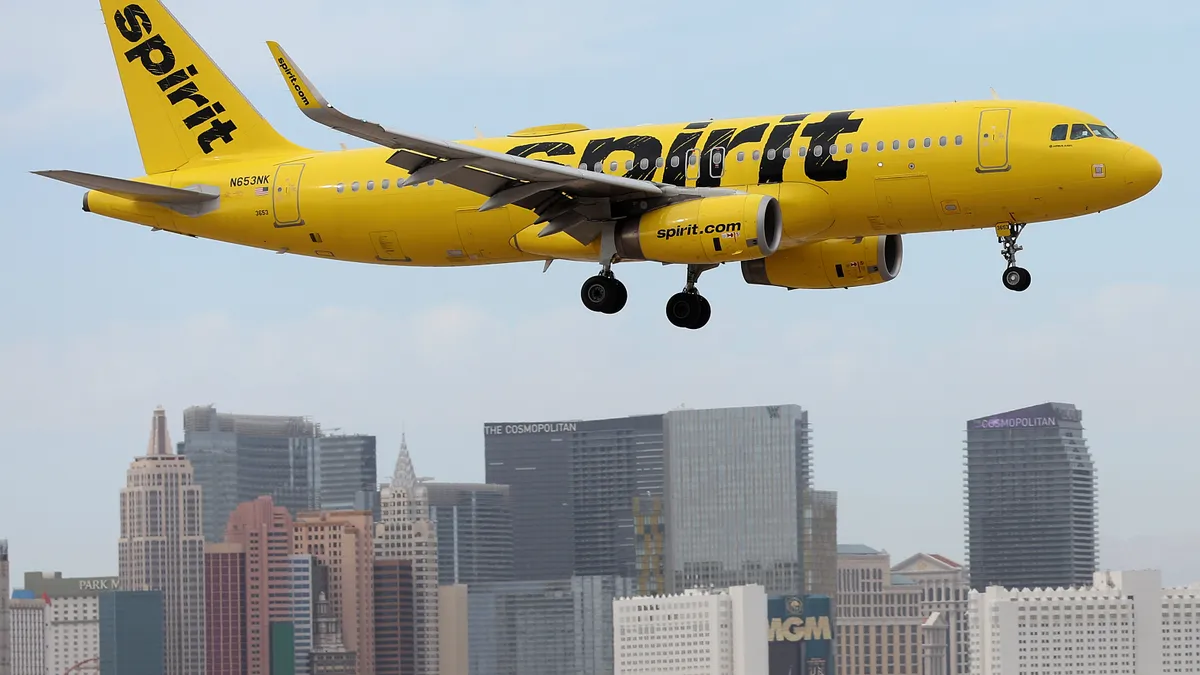The outlook for costume manufacturers, candy companies and other retailers that depend on Halloween-related sales has brightened considerably since the pandemic, with total spending around the trick-or-treating-inspired holiday forecasted to reach a record high of $12.2 billion, up from $10.6 billion, according to the National Retail Federation.
But persistent pricing pressures, high labor costs and worries about budget-wary consumers are new challenges, requiring business owners like Larry Kirchner to make adjustments.
For example, to offset rising wage costs, Kirchner said his St. Louis-based BlackLight Attractions, an immersive experience company that operates haunted houses, has hired fewer people to run his haunted houses this year.
Customers looking for a good fright at his locations will now get more mechanical “pop scares, sound scares, air scares, things like that” instead of actors in costumes, he said.
In contrast to the NRF predictions, Kirchner said he and others like him are bracing for a lean Halloween this yea— at least in regards to haunted house attendance.
“I think what’s gonna happen is people aren’t going to want to spend anything … a haunted house is really no different than a Lamborghini. You need a car, you don’t need a Lamborghini,” Kirchner said.
Others are more optimistic. This year, the COVID-19 lockdowns are well behind the industry and supply chains are righting themselves, Gregor Lawson, chair of the Halloween and Costume Association said.
While shipping costs are still high, they are off their peak, and companies are not expected to raise costume prices significantly this year. Also, China has devalued its currency, which insulated U.S. costume suppliers from some of the worst effects of inflation so they won’t necessarily be passing inflated costs to consumers, Lawson said.
Lawson doesn’t think costume companies will be raising prices substantially on their Halloween goods. “We’ve been analyzing all the key marketplaces, and I have not seen price increases on a mass scale,” he said.
Cotton, wool price pressures
The outlook for Halloween costume manufacturers is different now than the past two years. In that time, the industry faced supply chain issues, with higher shipping costs from China pushing up companies’ costs.
“There were challenges on [shipping] containers, where it used to cost $3,000 and then was up to $20,000. This was all the past few years,” Lawson said, noting prices now are around $5,000.
Scott Morris, owner of South Carolina-based Morris Costumes, a global costume distributor, said additional duties placed on cotton and wool are pushing more costume makers to turn to nylon and polyester products.
Consumer demand, Lawson said, is a worry. People don’t have as much money as before, and may spend less on costumes or make their own. Compounding this, he said, many Halloween costume distributors buy their stock in January, and this year they bought more than can be sold at the current run rate.
Lawson hopes for a late Halloween burst, especially given that he’s hearing that the sales are off to a slow start. However, he believes people are likely putting off their Halloween shopping until later.
“I assume most American households will still have their 20 to 30 bucks they might need for a Halloween costume, particularly for kids where it is such an integral thing, but they’re just not willing to part with that cash until they need to, so rather than buying in September they’re maybe waiting later,” he said.
Sugar shortages
Candy has been similarly resilient, according to Christopher Gindlesperger, a spokesperson for the National Confectioners Association. Last year saw $46.6 billion in sales and the candy industry expects this to grow, projecting $53.4 billion in annual sales by 2027, Gindlesperger said. Halloween alone, he said in an interview, is a $6 billion holiday in the U.S.
At the same time, sugar prices — which have climbed nearly 40% so far this year according to Morningstar — are walloping retailers on the input side.
While large candy makers can shift production overseas to access more sugar, smaller confectioners are left dealing with the domestic market, where “they have to pay exorbitant amounts,” Gindelsperger said. Indeed, sugar shortages are pushing up pricing and candy companies’ costs, according to a Wall Street Journal report.
These challenges are at least partially balanced by the fact that many of these smaller confectioners, such as Buckeyes in Ohio or Madelaine Chocolate Company in New York, tend to have fierce local loyalty that drives sales higher in their respective regions, he said. “There are regional favorites,” he said.
Haunted houses
The demand for haunted house entertainment had a more mixed outlook, experts say. In general, it is challenged by wavering consumer demand, and rising costs for both labor and building supplies, especially lumber. In response to these costs, ticket prices have been rising.
Leonard Pickel, the owner of Orlando-based haunted house consultancy firm Hauntrepreneurs, said he has seen ticket price increases of as much as 10%. Haunted house ticket prices have been going up over time, and now typically range from $20 to as much as $60, he said.
Pickel is in the optimist’s camp about this Halloween’s earnings potential and the growing interest in the business. He has gotten many phone calls from people who want to get into the industry for the first time; some of them have been decorating their houses for years and want to go professional, while others have large plots of land that they hope to make money from by building out a haunted house. He’s even seeing a jump in interest from outside the U.S. and will be traveling to Kuwait to install a haunted house there.
“Halloween is catching on around the world,” Pickel said. “It seems to get bigger and bigger and more and more haunted every year.”


